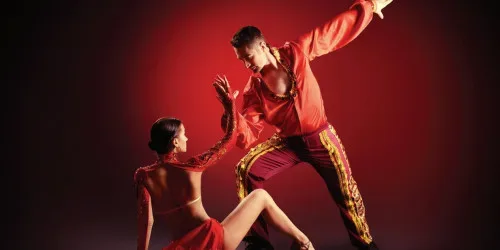
Some people believe that good dancers are born with a special talent. It should be known that, in fact, the most important dance skills are self-coordination and technical training.
However, very often, fitness and flexibility are overlooked. To become a better dancer, you need to work on certain muscles that you use when dancing, in order to increase strength and improve flexibility. By doing so, you will have more strength, endurance, and better control over your body, which will make you a better dancer.
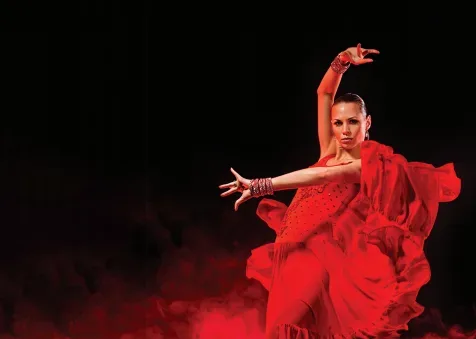
Below you will find some types of exercises that can help you create a complete body workout, which you can practice three times a week and customize as desired with the help of an experienced trainer.
Exercise Groups and Sequences
This workout is designed to work the entire body and includes warm-up, cardio, strength, core exercises, and relaxation, all in one training session, focusing on the muscles and movements most relevant to dance. Perform each set of exercises and then move on to the next one in the order presented below.
Part 1 – Warm-up
Low-impact dynamic warm-up exercise – 5 to 10 minutes
- Fast walking
- Elliptical training
- Running/Treadmill
Stretching/Flexibility Routine – 5 to 10 minutes
- For a good stretching workout for dance, visit: https://www.youtube.com/watch?v=FsdpZssRSs0
Part 2 – Cardio
Leg Training, and Endurance – Total of 5 to 20 minutes. Perform 1 to 3 Tabata sets, depending on your mood.
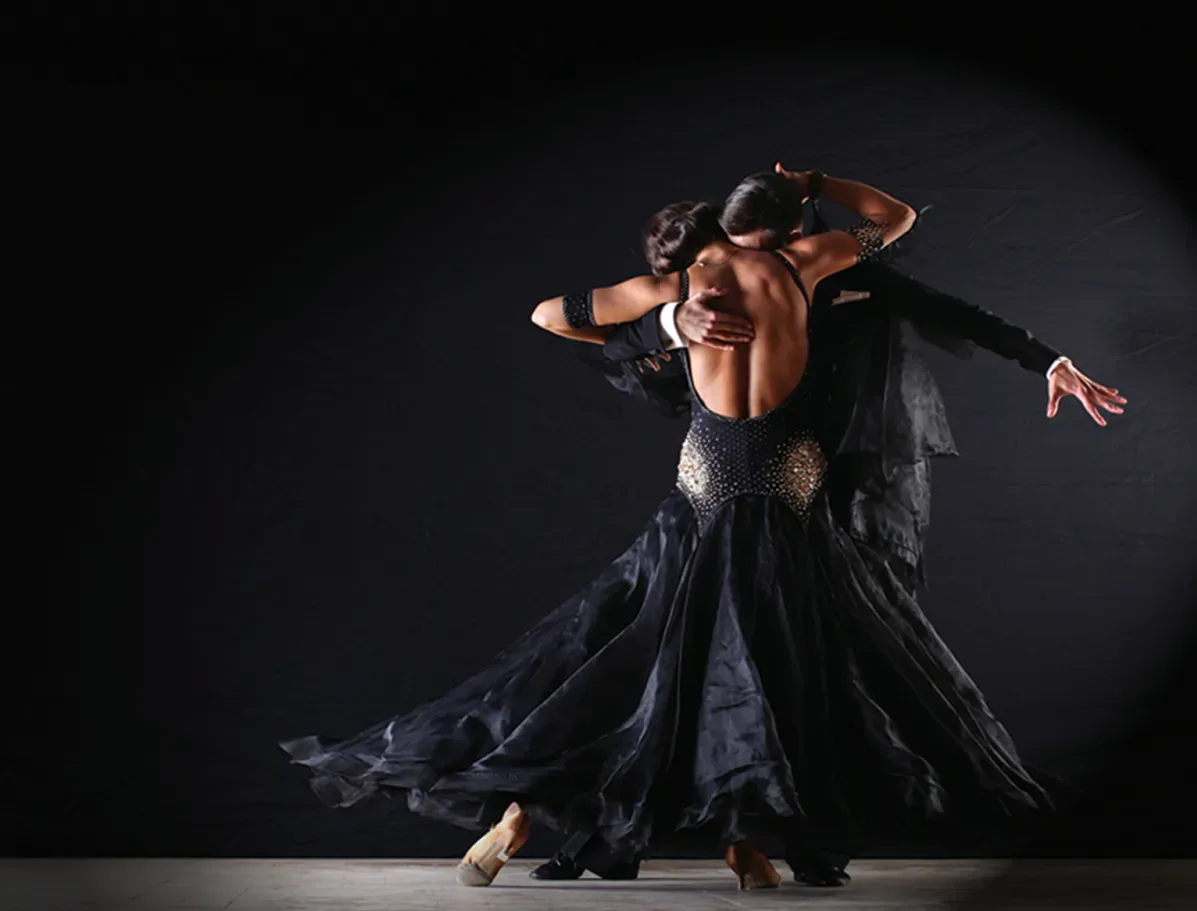
A Tabata set consists of eight rounds of 20 seconds of high-intensity exercise, followed by 10 seconds of rest, and a rest period of at least one minute between sets. Choose one of the exercises below or combine one of the exercises below with each Tabata set.
- Burpees – From a standing position with feet shoulder-width apart: squat down, jump back into a deep squat, jump forward into a shallow squat, repeat.
- Rotating Jack Squats – Standing upright with feet close together: jump and land with feet slightly wider than shoulder-width, toes pointing outward, while performing a squat, rotate your torso as if reaching the sky with your left hand and reaching toward the floor with your right hand, touch the floor with your right hand, then jump back to the starting position. Repeat, but this time, reach your right hand toward the sky and touch the floor with your left hand.
- Jumping Rope – Combine different types of jumps in 20-second rounds for Tabata, such as: alternate foot jump, high knees, double unders (rope passes under your feet twice in one jump), both feet together, criss-cross (cross your arms at the elbows when the rope comes down, jump through the loop formed in front of your body and uncross your arms the next time the rope comes down), skier (jump forward, backward, and laterally).
Part 3 – Resistance Training for Major Muscle Groups.
Perform 1 to 3 sets of 10 to 15 repetitions, depending on your energy level. Rest for one minute between sets.
- Dumbbell/Push-ups
- Pull-ups for the back muscles
Squats with dumbbells/Squats
Part 4 – Abs and Core
Total of 5 to 10 minutes. Perform 1 to 4 sets of 15 to 20 repetitions for each exercise.
- Crunches – Lie down on your back with your legs extended on the floor, hip-width apart. Bend your knees and place your hands on your chest. Contract your abdominal muscles and inhale. Exhale and lift the upper part of your body towards your knees. Inhale and return to the starting position, lying on your back.
- Bridge – Lie down on your back. Place your feet on the floor, hip-width apart. Bend your knees and place your hands alongside your body, palms down. Lift your hips off the floor until your knees, hips, and shoulders form a straight line. Hold this position for a few seconds. Slowly return to the starting position.
- Skater movements – Start with your feet slightly wider than shoulder-width apart. Arms by your sides. Step one foot back slightly flexed into a backward lunge. The front knee will form a 90-degree angle. Swing your arms forward in front of the bent knee. Quickly bring the back foot forward and switch sides. Alternate arms as you switch. The movement is similar to that of a speed skater.
Part 5 – Relaxation Stretches/Yoga – 5 to 10 minutes
- For a good relaxation stretch, visit: https://www.youtube.com/watch?v=P5FMmWNP5Fg

Workout Models for Beginners and Advanced Fitness Levels
Always discuss your workout routine with your trainer or doctor to ensure that it is suitable for your fitness level. Do not try to do too much for your fitness level. It is advisable not to overexert yourself and gradually work your way up to more challenging workouts.
For beginners: Perform one set of each exercise group, three times a week. Always warm up and cool down your body completely for each workout session, and also take at least one day of rest between each workout session. The workout should last a maximum of 45 minutes. If you feel tired after training, take two days of rest before the next workout.
For advanced level: Perform one workout session by following the warm-up routine, then three sets of each exercise group, three times a week. Always warm up and cool down your body completely for each workout session, and take at least one day of rest between
each workout session.
On one of the rest days, perform a low-impact dynamic warm-up exercise for 20 to 40 minutes, followed by a 10 to 20-minute stretching routine. Each workout should last a maximum of one hour and thirty minutes.
Depending on your workout routine, with the guidance of an experienced trainer, you may incorporate one or two of these dance-focused training sessions into your regular workout days. These sessions can be combined with aerobic dance classes or other options that can further develop your dancing skills.
If you regularly follow this exercise routine, you will notice significant improvement in your dance movements, and everyone will consider you as having “innate talent.”
Maria Bendris
Ambiţia depaşirii limitelor trupului şi ale spiritului prin exerciţiu fizic şi autoexigenţa au îndreptat-o pe Maria Bendriş spre sport înca de la varsta de 14 ani, continua determinare purtând-o dupa mai bine de un deceniu dedicat mişcarii şi disciplinei spre câştigarea Campionatului Naţional 2012 secţiunea Bodyfitness la categoria 1.63. Întâia recunoaştere a Mariei ca sportiv de performanţa a venit în 2008, anul afilierii sale la Clubul Sportiv Farul, prin ocuparea locului IV la aceeaşi categorie în cadrul Campionatului Naţional de Culturism, Fitness, Bodyfitness, Bikini, Bodybuilding Clasic. Respectul pentru sanatate si dorinţa unei întelegeri profunde a corpului uman au determinat-o sa urmeze Facultatea de Educaţie Fizica şi Sport în cadrul Universitaţii Ecologice din Bucureşti, specializare completata de absolvirea Facultaţii de Kinetoterapie din cadrul Universitaţii Spiru Haret. Convingerea în puterea mentoratului, perfectata doar în interiorul unei echipe unite de excelenţa, etica şi pasiune pentru om şi sport, a calauzit-o pe Maria spre continuarea pregatirii prin studii masterale în Managementul Activitaţilor de Educaţie Fizica şi Sport din cadrul Universitaţii Ecologice din Bucureşti. Pasionata de nutritie si suplimentatie (suplimente sportive) si-a însusit informatiile necesare în Polonia în paralel urmând cursul de personal trainer. Drumul înspre desavârşirea ca sportiv, precum şi experienţa sa de peste şapte ani în coordonarea cursanţilor prin antrenamente şi programe de nutriţie concentrate, au recomandat-o pe Maria spre dedicarea în publicaţii de specialitate a unei serii de materiale editoriale având ca tematica exerciţiile fizice şi nutriţia.
Recent Posts
Related Articles
CrossFit exercises practiced outdoors or at home
Concentration and discipline are indispensable for succeeding in any training program, regardless...
July 27, 2023Health guide for “ageless” women
Discover the Benefits of Physical Exercise and the Best Types of Training...
July 27, 2023Home-Based Pregnancy Workout in Comfort
The Benefits of Prenatal Home Workout The way we interact with people...
July 10, 2023Supplementation with Vitamins and Minerals
Essential nutrients for the body The macronutrients and micronutrients are essential for...
July 10, 2023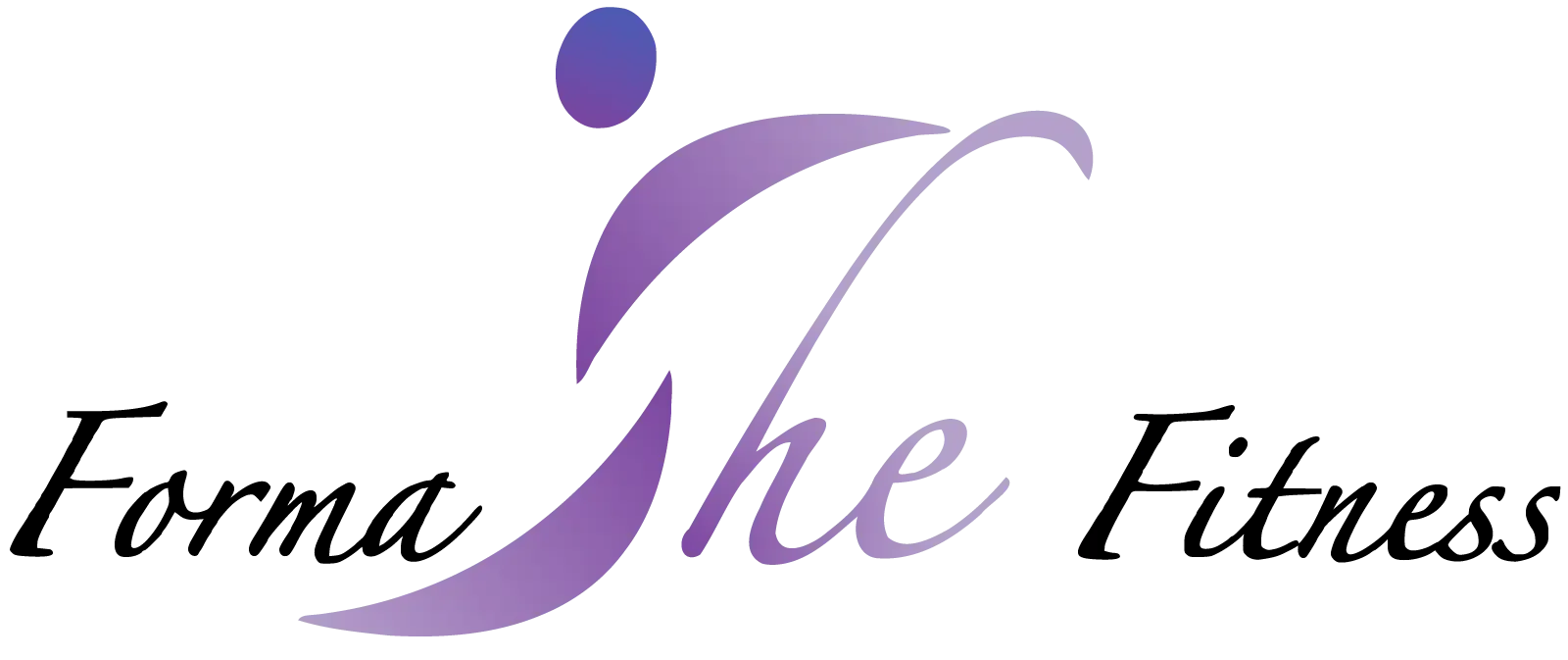
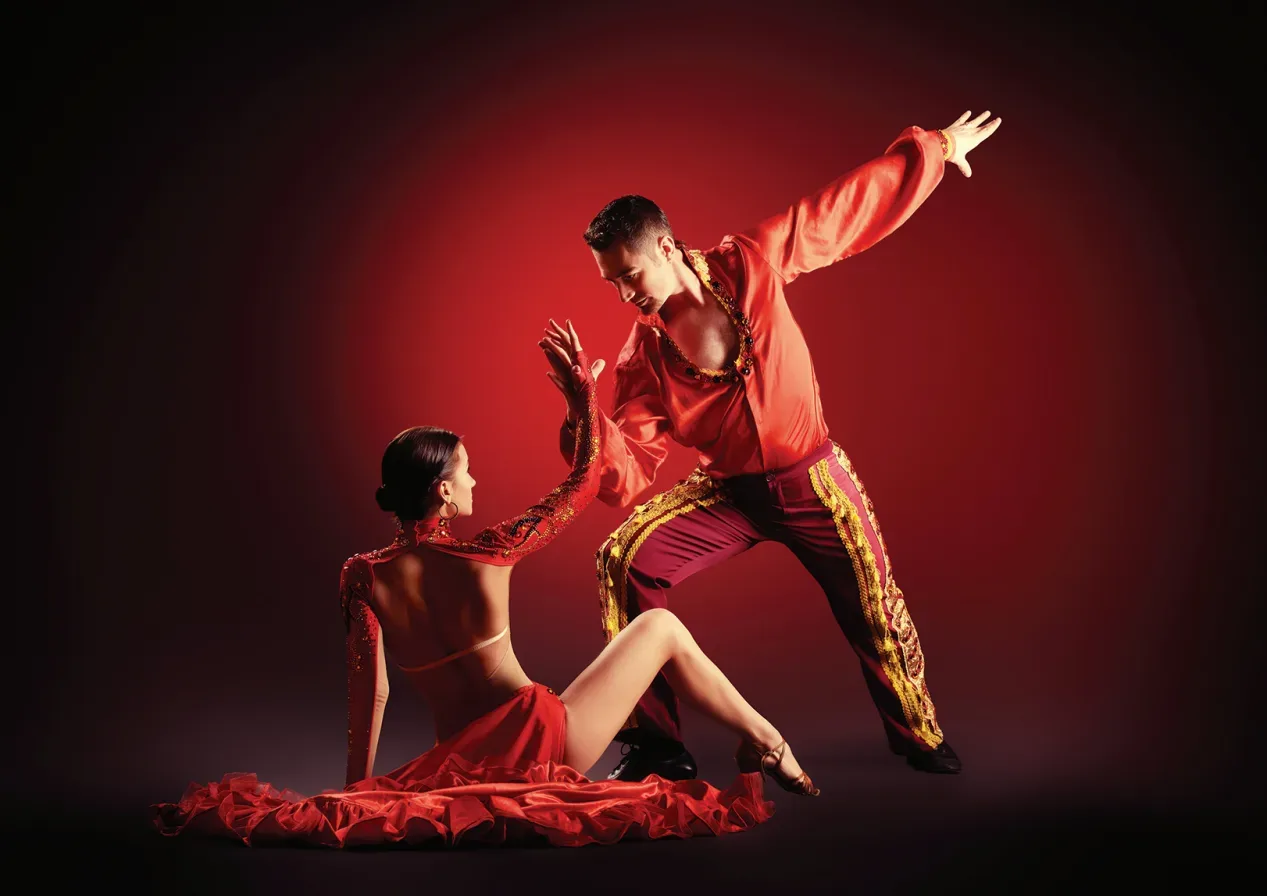
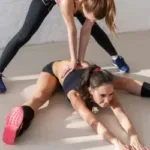
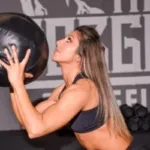
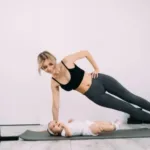
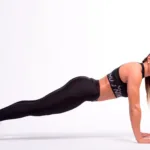



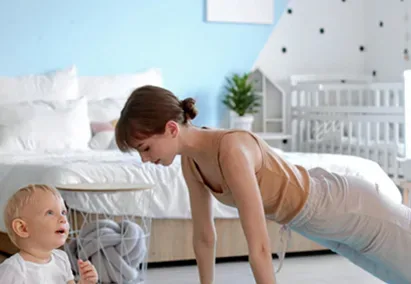



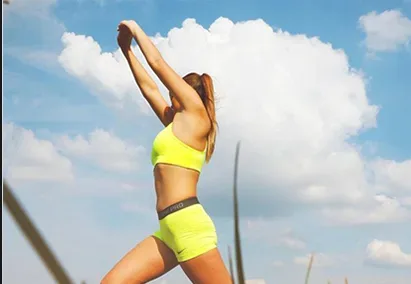

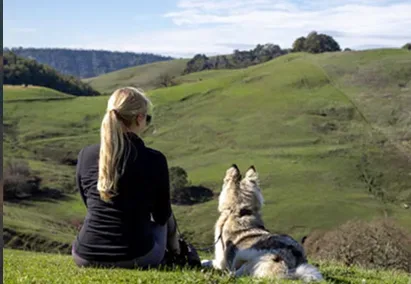

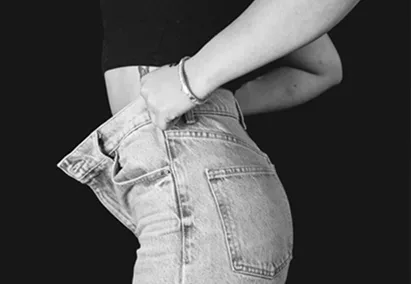




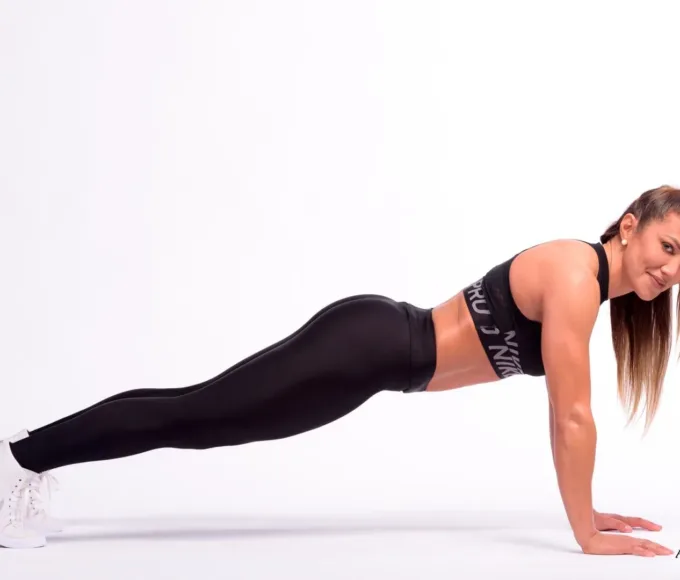



Leave a comment